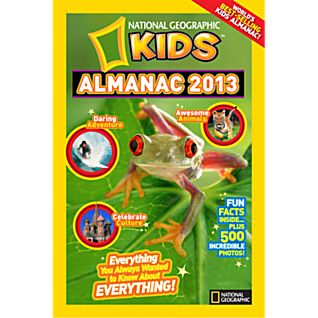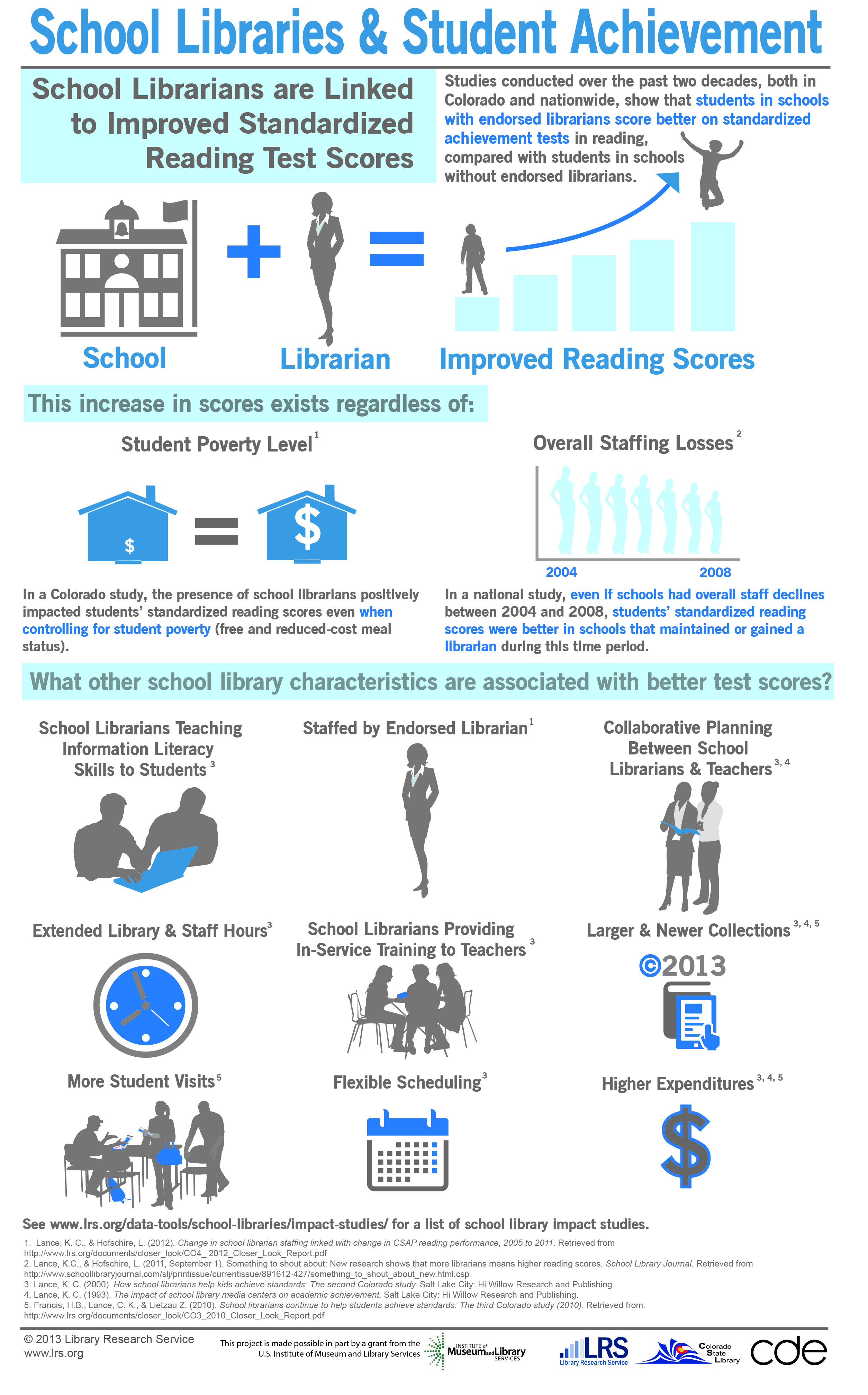 |
| source: national geographic.com |
031 MOR-Scholastic 2013 book of world records
031 NAT-National Geographic Kids almanac 2013.
552 SYM-Rocks & minerals (Eyewitness Books)
940.5 CRI-World War II : fighting for freedom : the story of the conflict that changed the world, 1939-1945
BD S-Abe Lincoln at last! (Magic Tree House)
 | |
| source: scholastic.com |
FIC LUB-Attack of the vampire weenies and other warped and creepy tales
FIC MLY-If the shoe fits (Whatever After)
S AN-Puppy Place 6-pack
S BN pb-Big Nate flips out
S BONE-Quest for the spark. Book three
S GS-The way of the samurai. (Geronimo Stilton)
 |
| source: harpercollins.com |
S GS-The quest for paradise : the return to the Kingdom of Fantasy
S RR pb-The lost hero
S RR-The son of Neptune
S WK-Diary of a wimpy kid: cabin fever
S WK-Diary of a wimpy kid : dog days
S WK pb-Diary of a Wimpy Kid The Third Wheel














































